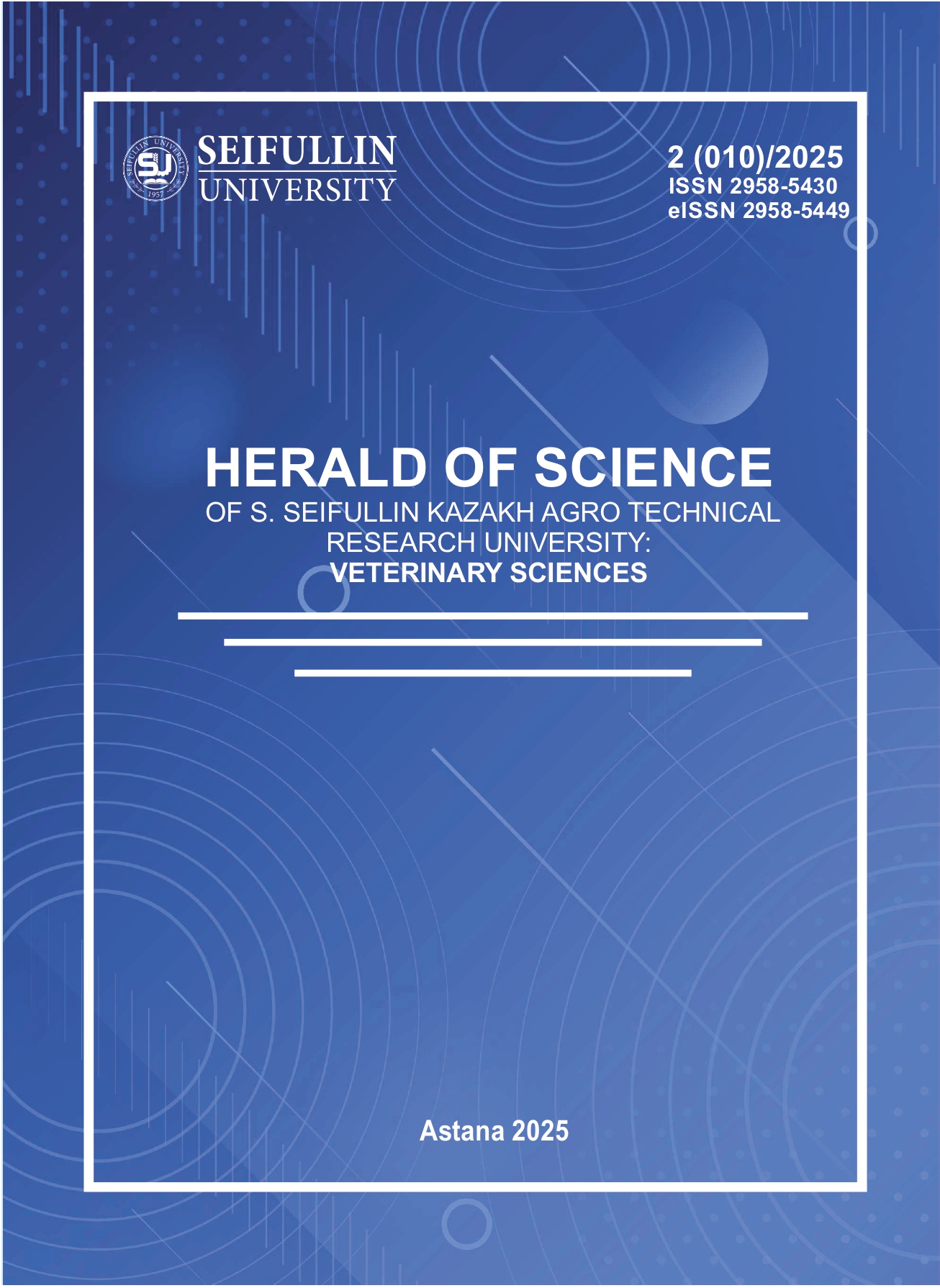Bovine Pestiviruses (Flaviviridae, Pestivirus) genomic diversity and global distribution
Review
DOI:
https://doi.org/10.51452/kazatuvc.2025.2(010).1883Keywords:
review; pestiviruses; cattle; viral diarrhea; genetic polymorphism; species; subtypes; distribution.Abstract
The bovine viral diarrhea virus (BVDV) is a member of the genus pestivirus of the family Flaviviridae and is capable of infecting cattle in many countries; it is characterized by genetic diversity and various diverse clinical manifestations. Bovine pestiviruses belong to three species: Pestivirus bovis (BVDV-1), Pestivirus tauri (BVDV2) and Pestivirus braziliense (BVDV-3 or HOBIE-like pestivirus). There are 21 subtypes of BVDV-1, 4 of BVDV-2, and 4 of BVDV-3. The most widespread in the world, BVDV-1 is widespread in cattle and is most often detected in European countries. The largest number of subtypes of this virus have been identified in cattle in Italy and China. The virus is wides pread in the Central region of the Russian Federation (subtypes 1a and 1m). A number of BVDV-1 subtypes have been detected in Turkey, including BVDV-1a, 1b, 1c, 1d, 1f, 1h, 1i, 1l, 1r, and 1v. A total of 11 subtypes are presentin native and imported animals in Siberia: 1a (5%), 1b (35%), 1c (5%), 1d (10%), 1f (20%), 1g (2.5%), 1i (2.5%), 1j (5%), 1k (5%), 1p (5%), and 1r (5%). BVDV-2 is the most virulent and is found less frequently, primarily in the United States, Canada, Brazil, Argentina, Uruguay, in European countries (Germany, Slovakia, Turkey, and Italy), and in Asian countries (South Korea, Japan, and Mongolia). Three subtypes have been identified in Siberia: 2a (25%), 2b (10%) and 2c (5%). BVDV-3 circulates in Europe, Asia, and South America. The main route of virus introduction is via contaminated biological products. In Russia, BVDV-3 of the Italian Brazilian group (3a) was identified in seven lots of fetal serum. The existence of virus polymorphism complicates disease diagnosis and reduces the effectiveness of vaccination and control programs.

